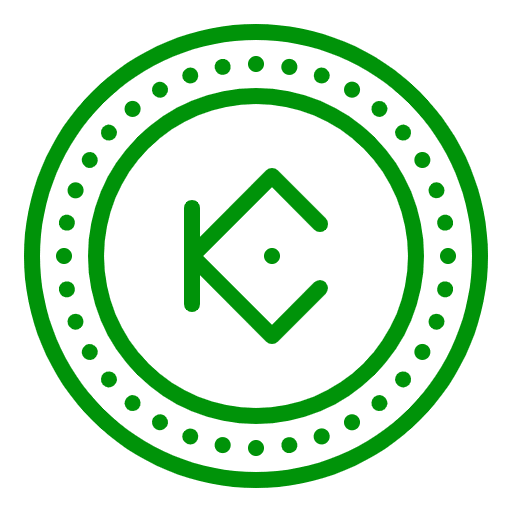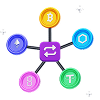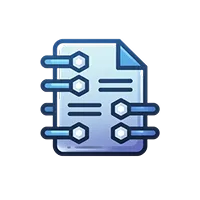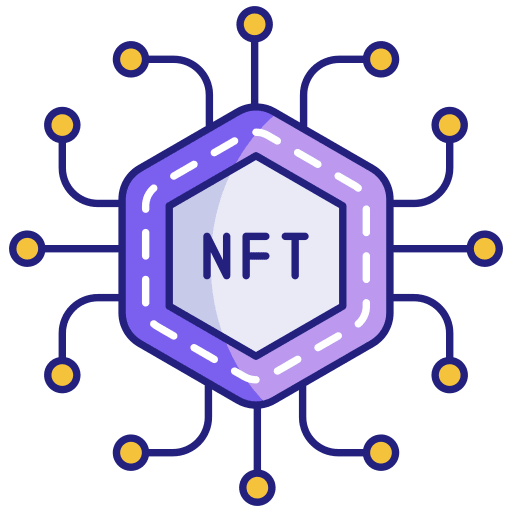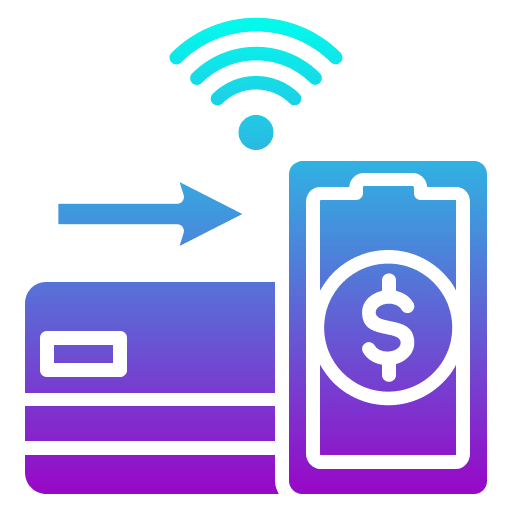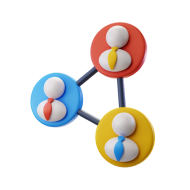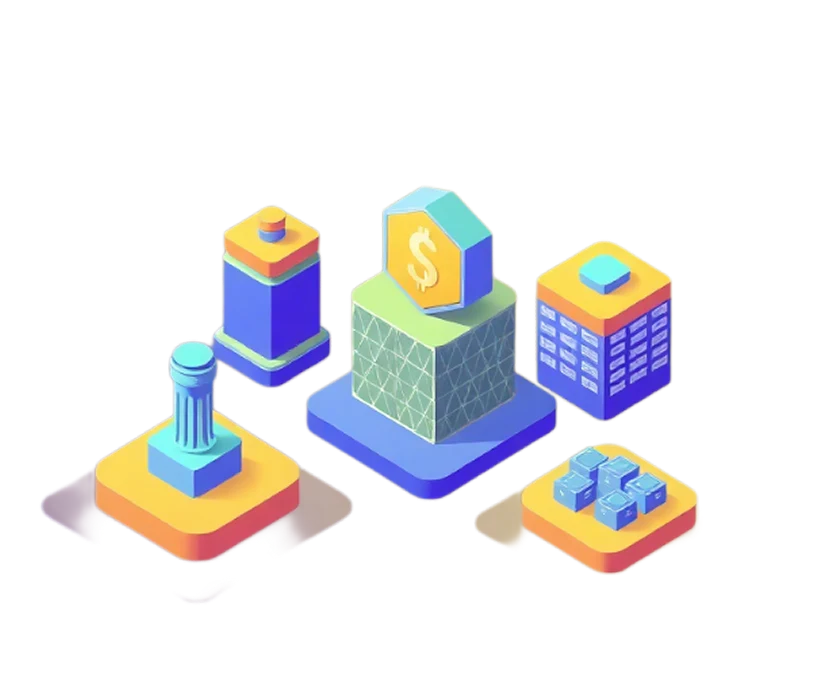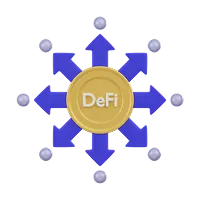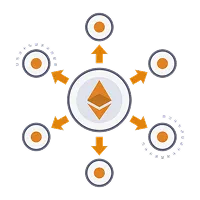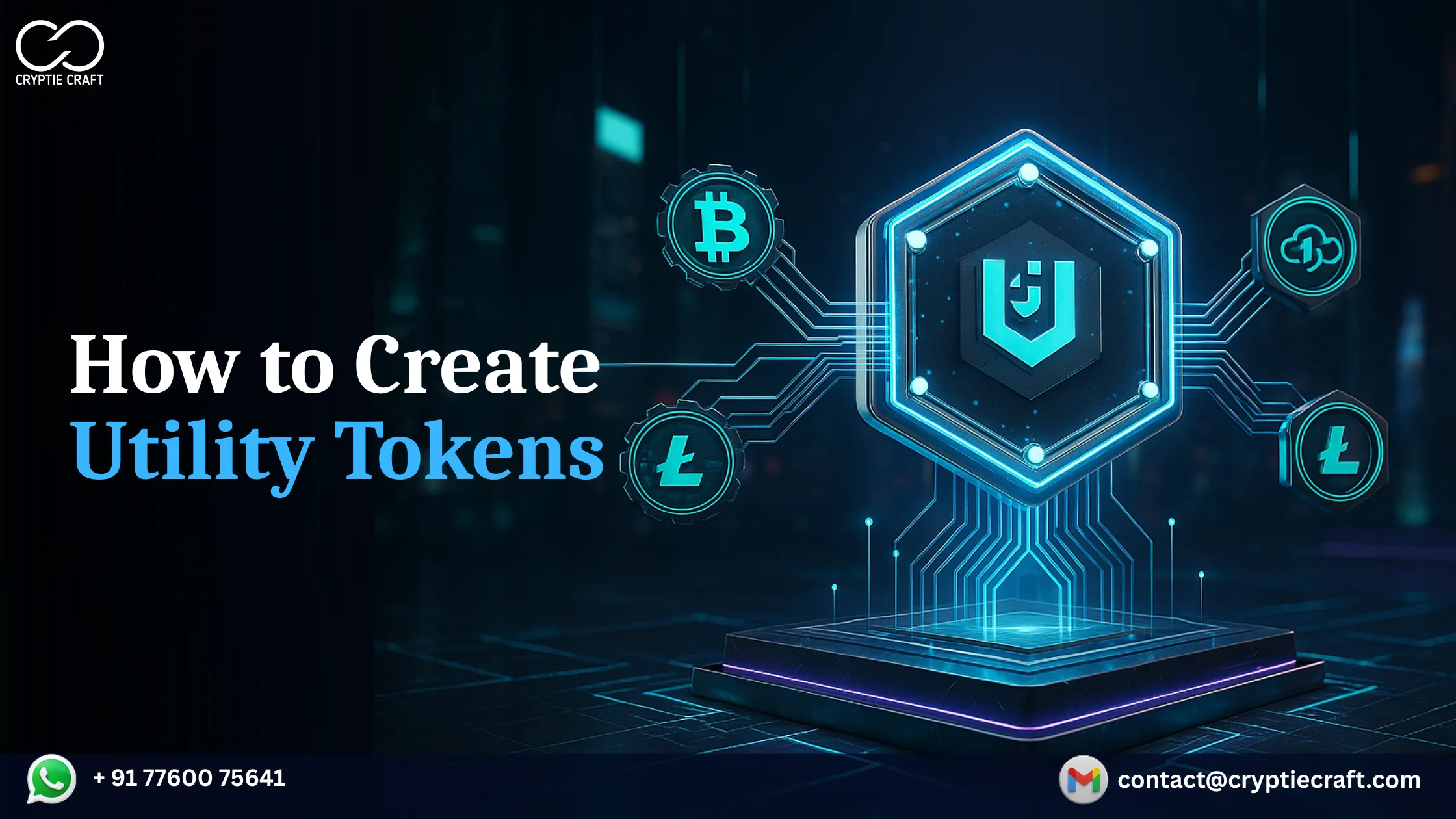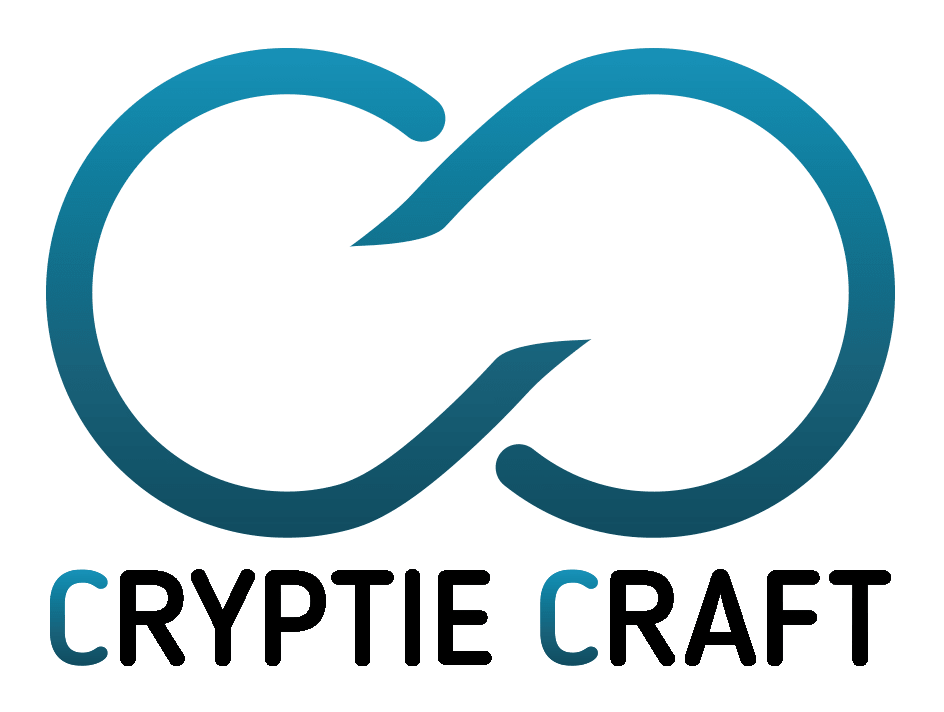As of 2025, there are reports revealing that the utility tokens are outperforming meme coins!
And, we can clearly sense why they overrule the entire cryptocurrency ecosystem.
The global crypto token market is expected to grow from USD 2.55 trillion to USD 47.5 trillion by 2034. This highlights how important the utility tokens are in enhancing the ecosystem, right?
Besides, other than internet fame, the people are actually looking for a token that actually performs, does transactions, helps in voting rights, or accesses real platform features. The rise in utility tokens is a testament to this.
This rise has grabbed the attention of business innovators, allowing them to explore utility token development. So, if you are one among them, or just a curious newbie, then this article is for you. Read this article to get a complete insight into how to launch your own utility token and make it truly impactful.
Let’s begin with understanding,
What is a Utility Token?
A Utility token is the type of cryptocurrency that is designed to serve a specific purpose or have a real utility within the blockchain ecosystem. Just like the name suggests, these utility tokens carry a sense of utility and use case rather than acting as a general investment asset type. These tokens provide users with access to a product, service, or functionality offered by the platform that issues them. In simpler terms, they act like digital membership keys that allow users to open features, pay fees, or participate in network-based activities.
Best Utility Tokens in Crypto Marketplace
Here’s a consolidated list of industry-leading utility tokens that are making waves in the crypto ecosystem.
- Uniswap (UNI)
- Polkadot (DOT)
- Aave (AAVE)
- VeChain (VET)
- Stellar (XLM)
- Chainlink (LINK)
- Avalanche (AVAX)
- Polygon (MATIC)
- Ethereum (ETH)
- Binance Coin (BNB)
Witnessing these utility tokens and their performance, you might get an idea of why developing one could be helpful, right?
Top Reasons to Launch a Utility Token
Here’s a list of justifying reasons proving why and how launching utility tokens can bring out huge benefits to the table.
Seamless Payments
The utility tokens act as a built-in payment method within your ecosystem. They allow your users to make instant, borderless, and low-cost transactions, helping you avoid intermediaries and banking delays.
Loyalty Programs
Utility tokens can be used as a reward for loyalty in the most futuristic way possible. These can be served as incentives for engagement, and the users can earn tokens for referrals, purchases, or activity within your platform.
Earning Opportunities
The utility tokens open a large number of monetization possibilities. These utility token holders can earn through staking, liquidity provision, or by actively participating in the platform ecosystem.
Decentralized Voting Rights
Strengthen your community by giving them a real purpose and opportunity to make important decisions. These utility tokens can be used as governance tokens, allowing the token holders to vote on proposals, updates, or feature integrations.
Cross-Platform Utility
Beyond your planned project, the utility tokens have the capability of reaching across various projects. They can be used in platforms, exchanges, and gaming platforms, making your ecosystem appealing.
Community Building & Engagement
The utility tokens can be used as community engagement factors. They can bring a sense of belonging and purpose among your users. When people hold your utility token, they will become a part of your ecosystem.
Features of Utility Token Development
A utility token development is backed by essential features and functionalities. Here’s a list of those core features.
Transparent Tokenomics
The utility token has features of working on transparency. They clearly define token supply, distribution, vesting periods, and use cases to ensure users understand how the ecosystem works.
Automated Smart Contracts
The smart contracts define every transaction, rule, and reward mechanism behind your utility token development. These self-executing programs eliminate intermediaries, reducing risks.
Advanced Technical Capabilities
The utility token development process involves advanced technologies such as Solidity, Rust, or Vyper, depending on the blockchain chosen to develop.
Regulatory Compliance & Security
The utility token development is compatible with essential KYC/AML standards and global regulatory standards to ensure your project’s legal safety.
Burnable, Mintable & Upgradeable Tokens
The utility tokens can be burned, minted, or upgraded to adapt to the changing market conditions or community demands. You can reduce supply to boost value or mint tokens for new users easily.
Multi-Wallet Compatibility
The utility tokens can be built to be accessible. From MetaMask to Trust Wallet and hardware wallets, these tokens can be compatible with good multi-wallet support.
Staking & Yield Farming Options
To keep the users engaged and rewarded, staking and yield farming features are important. They allow holders to earn passive income while strengthening network stability.
Use Cases of the Utility Tokens
A Utility token is designed to reach a wide range of industries, supporting an extensive range of real-world applications. Here’s a list of some of those use cases.
DeFi Platforms
In the DeFi ecosystem, the utility tokens act as the key to exploring financial services without intermediaries. They enable functions like lending, borrowing, staking, yield farming, and governance participation.
NFT Marketplaces
The utility tokens in the NFT marketplaces act as the medium of exchange. You can use up these utility tokens and access them for trading, minting, auctioning digital collectibles, or use up for premium features like early drops.
Gaming & Metaverse
In the gaming and metaverse world, the utility tokens can be used to access in-game platform activities. They can be used to purchase virtual assets, upgrade avatars, and trade collectibles across ecosystems.
Token Sales & Crowdfunding
The Utility tokens are used during ICO (Initial Coin Offering) or IDO (Initial DEX Offering). These tokens can be used to raise funds for supporting a new project. Through an effective ICO development strategy, startups can create tokens, raise capital, and attract investors to support their blockchain projects.
Loyalty & Membership
Many brands are now moving from traditional reward points to tokenized loyalty programs. These utility tokens allow businesses to create flexible and transparent loyalty systems. The customers can use exchange or stake tokens for exclusive rewards.
Cross-Platform Applications
These utility tokens can also serve as a universal payment system that gives access across multiple platforms and dApps. Businesses integrating such systems can seamlessly connect ecosystems, allowing users to transact, vote, or access premium services.
Step-by-Step Process to Develop a Utility Token
A Utility Token Development requires a meticulous and well-planned step-by-step process. Following each of these phases will let you launch your own functional and secure utility tokens.
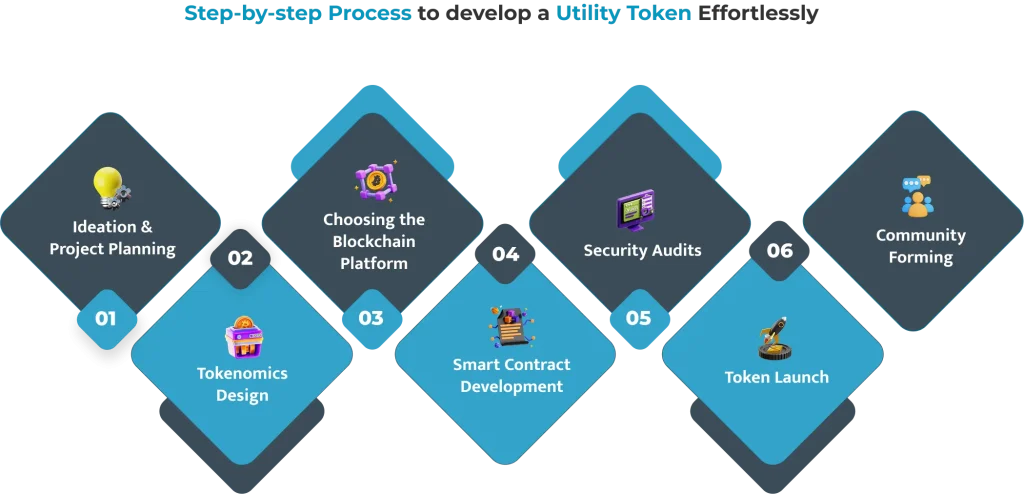
Ideation & Project Planning
Begin your utility token development with a strong purpose. Before going on, looking at how to create a utility token, understand,
- What role will your developed token have in the ecosystem?
- How will the users benefit from it?
- What purpose would it serve?
- Are you looking for a token to do payments, governance, rewards, or access to services?
Once all these purposes are clear, plan your utility token’s model, target audience, and value proposition. This foundation helps you align both technical and marketing efforts effectively.
Tokenomics Design
Upon defining your base structure, move on to designing your utility token’s tokenomics model. This is important and will help you define your project model. You will determine the,
- Total and circulating supply
- Distribution strategy (team, investors, public)
- Pricing model and vesting schedules
- Burn/mint rules and staking mechanisms
Deciding upon these token properties beforehand is important. Because a well-structured tokenomics ensures sustainability, liquidity, and investor trust from day one.
Choosing the Blockchain Platform
Now, with the base ready, move on to deciding the blockchain architecture. Your entire token’s success depends heavily on where you build it. Popular platforms like Ethereum, BNB, Solana, Polygon, Avalanche, and many more options are available. Consider factors like transaction speed, gas fees, developer support, and your business requirements to choose the right blockchain for your utility token development.
Smart Contract Development
Now, here, the back-end architecture and smart contract development support are given to the utility token development process. The developers here write and deploy smart contracts to define your token’s functions. From transfers and staking to burning or minting, every stage is properly planned here and is given good, optimised support.
Security Audits
Before launching your utility token, ensure that it undergoes rigorous and proper testing. Having this on the testnet version will let you identify potential bugs, transaction errors, and some other security flaws. Professional smart contract audits and other types of testing are then performed to validate that your code is error-free, compliant, and tamper-resistant.
Token Launch
Once everything is done, it’s time to launch your developed utility token on the mainnet. At this stage, you’ll launch with a proper deployment strategy. Ensuring smooth activation with minimal network congestion is a must factor. Additionally, listing your tokens on both centralized and decentralized exchanges will allow smooth trading and increase the chances of visibility.
Community Forming
The success of your utility token development doesn’t end with the launch; building a strong community is essential. Focus on branding and other consistent marketing activities. Doing social media campaigns, collaborations, and other programs might help reach a niche.
Also Read>>> The Complete Token Development Roadmap
Why Choosing Cryptiecraft is the Smartest Choice For Utility Token Development?
Choosing Cryptiecraft as your Crypto Token Development Company is both a smart and strategic move. With years of hands-on experience in blockchain technology, our team of developers will combine their technical brilliance with business strategies to build tokens that truly perform in the market. From designing tokenomics to enabling smooth integration with major exchanges, every process is handled carefully. They stand out with their strong technical base, industry experience, and a client-focused approach to deliver secure services.
Frequently Asked Questions
Q1: How to Identify a Utility Token?
Ans: A utility token is identified by its practical use within a blockchain platform. It grants access to services or features rather than serving as an investment. It allows access to features or services as opposed to being an investment. If the token’s main purpose is functionality, it is considered a utility token.
Q2: What is the Difference Between a Utility Token and a Security Token?
Ans: There are utility tokens that give access to platform features and services. Security tokens are symbols of ownership or investment opportunities and are highly regulated financially.
Q3: What is an Example of a Utility Token?
Ans: Uniswap (UNI) is one of the most popular utility tokens. Individuals possessing UNI are able to vote on modifications and updates to the platform. Aave (AAVE) is another example where users can lend and borrow. Chainlink (LINK) is a utility token too, facilitating smart contracts in obtaining external blockchain information.
Q4: Is Solana a Utility Token?
Ans: Not really. Solana (SOL) is the main coin of the Solana blockchain. You use it to pay fees, stake for security, and vote on certain network things. It’s useful, yes, but it’s not a typical utility token that gives access to a specific platform feature like UNI or AAVE.
Q5: What are the Benefits of Utility Tokens?
Ans: The use of utility tokens enables decentralization of access to the platform services, whereby users can directly engage with the digital features without involving a central authority. They also facilitate the involvement of governance, rewards, and staking, and in-platform payments, increasing engagement and value within the ecosystem.


